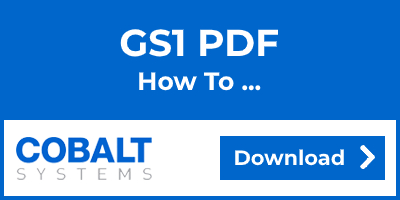GS1 Blogs
If you’re looking to print the perfect barcode, allocate a new GTIN to a product or calculate your check digit, our hub of GS1 approved ‘How To’ guides help answer an array of barcoding questions, each with a downloadable handbook to refer back to. If you’re still unsure or you’ve got a question that isn’t covered here, get in touch and our team of barcode labelling experts will be able to help.

